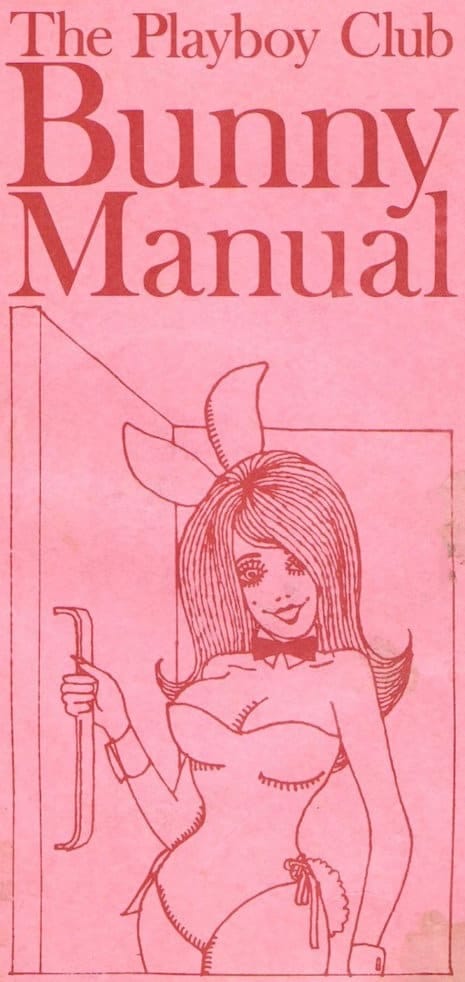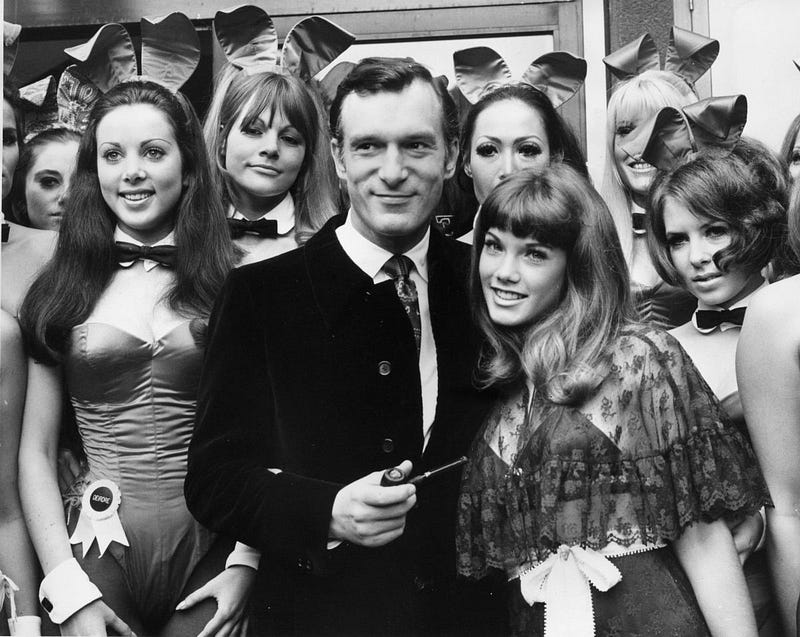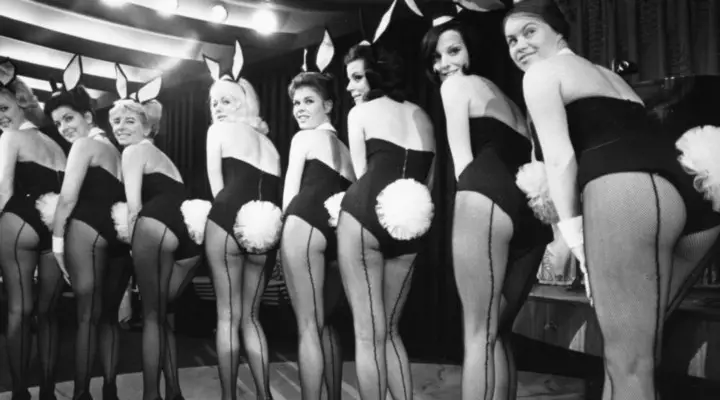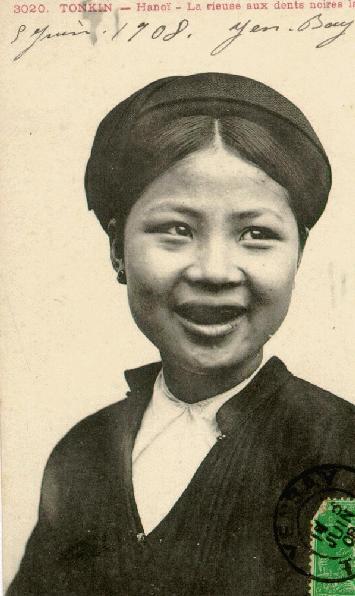 he Playboy brand that we know today was quite different about 60 years ago. It all started with Playboy clubs or what was known as Gentlemen’s clubs which later on turned into modern nightclubs. In a period when it was very difficult for women to be financially independent, a Playboy bunny was able to win enough money to buy a house in just three years.
he Playboy brand that we know today was quite different about 60 years ago. It all started with Playboy clubs or what was known as Gentlemen’s clubs which later on turned into modern nightclubs. In a period when it was very difficult for women to be financially independent, a Playboy bunny was able to win enough money to buy a house in just three years.
Some of the clubs even promised $200 a week, taking into consideration inflation today that would be around $1,700 a week. However, this impressive salary came with a very strict rulebook entitled The Playboy Club Bunny Manual. This manual contained strict rules that we’re treating the Bunnies more like children rather than grown-up adults.

On the other hand, these Playboy clubs weren’t for an everyday Joe, these were only for rich men and access would only be permitted with an expensive membership. This manual was seen more as a guideline for the code of conduct that must be followed by members of the clubs.
The Human Resources department from Playboy Enterprise was very meticulous about the manual, making sure not only that it followed all the governmental regulations, but also that all Bunnies respected the manual. You can see how sexist this period was, as these rules only applied to the female employees of the company.

Hugh Hefner, the founder, and CEO of Playboy Enterprise wanted the Bunnies to maintain a pristine image for the brand, during work hours as much as outside of work and this is why he went too far with the strictness of the rules. No one was forced to sign the contract, but at the same time, no one would refuse with such a good pay rate.
Strict Rules
- Not allowed to eat food or consume alcohol at work: The Bunnies had to work 12 hours shifts sometimes, meaning that they would have to go without food for 12 hours. Hefner employed this rule as he believed that the Bunnies would lose their attractiveness if members saw them eat.
- Smoking in a particular manner: When smoking, the Bunnies had to be sensual and feminine. The manual specifically explained how the Bunnies should hold the cigar and for how long they had to inhale the smoke.
- Not allowed to date coworkers or clients: The Bunnies had to make the difference between their real life and work life. In the workplace there was no place for romanticism, only being glamorous around the members. Although this rule does apply in some other industries today, it is still seen as quite harsh.
- Cautious when dancing with members: From a legal perspective, the Bunnies were not allowed to make close physical contact with the members, so when dancing they had to be very careful.
- Always get checked by a Mother Bunny before starting shift: The company also employed female workers for a different job as Mother Bunny. Their job was to inspect all Bunnies (clothes, makeup, hair, cleanliness) before starting their shift. If the Bunnies weren’t approved by the Mother Bunnies then they would not be allowed at work that day.
- Avoid complicated hairstyles: The Bunnies were strictly instructed by the manual to avoid new hairstyles as these could give a bad image to the brand.
- Not allowed to wear heels shorter than three inches: All Bunnies had to maintain a standard, therefore the height of each Bunny on average had to be similar and also heels made the Bunnies seem sexier from Hefner’s perspective.
- Stay slim: A more obvious rule but quite reinforced by all managers at every club and Mother Bunnies. The Bunnies had to maintain a slim silhouette, otherwise, the company was allowed to fire them without any legal repercussions based on the contract they signed.
Going too far
The idea behind Hefner’s brand was that these Bunnies were exclusive in the world and he wanted to apply this as much as possible even when they were not working, going as far as hiring private investigators to spy on the Bunnies whilst off work.
This is where the sketchy business started, although practically illegal it technically wasn’t like the manual specified that the business would have unexpected checkups, it never mentioned by whom or where or if outside of work. Most people were in love with the brand for various reasons so they never really questioned the ethics behind the business nor its legality.
These investigation agencies were paid by Hefner to test the Bunnies’ loyalty whilst off duty in various ways. They would use some of their most attractive investigators to seduce the Bunnies in order to gain personal information about their lives or to see if they would accept going out with members of Playboy clubs.
An agent went as far as offering one of the Bunnies $1,000 (with inflation $8,800) to only go out with her, but with such a huge sum of money, the Bunny knew that he was an agent so she refused. Although this is what kept the pristine service a mystery that attracted new members every year, the girls were deprived of having any personal gains or an active social life due to all the restrictions and checkups.
Their role became to be a life full of false smiles during work hours and a life full of depression during their free time.
Most people would think why didn’t they just quit?
This is because, during these times, women still weren’t seen as equal in the workplace, getting a job that would pay better or at least as good as this was almost impossible. To this day the company still isn’t very transparent when it comes to the work ethics that take place.
Avid Writer with invaluable knowledge of Humanity!
Upcoming historian with over 30 million views online.
“You make your own life.”





